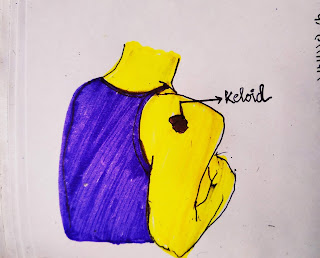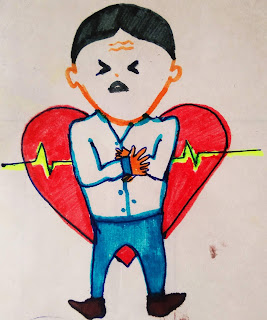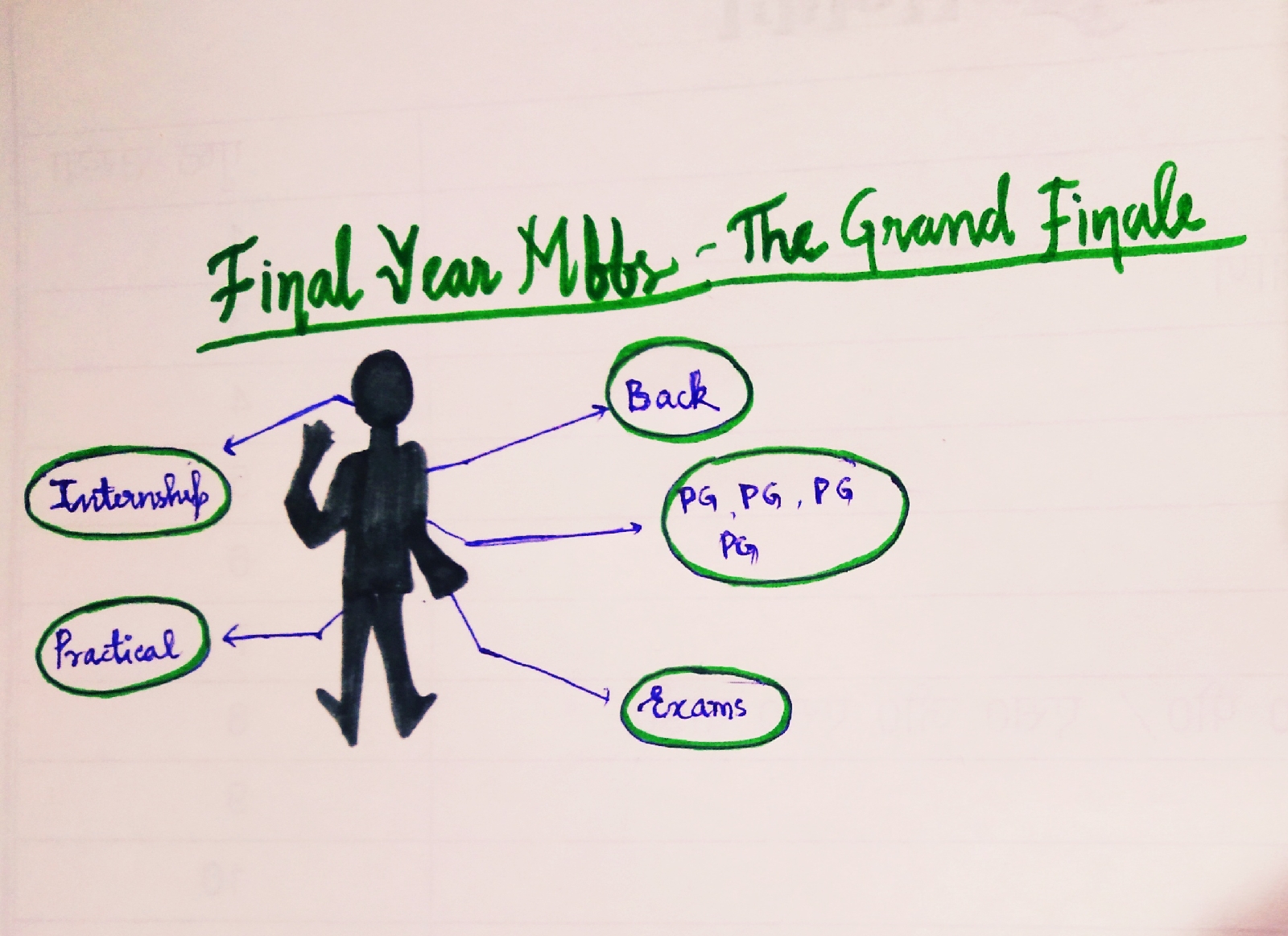Gastric Outlet Syndrome

Gastric Outlet Syndrome Definition Gastric outlet syndrome occurs due to obstruction at gastric outlet. Causes Pyloric stenosis secondary to peptic ulcer disease Gastric Cancer Adult pyloric stenosis Pyloric mucosal diaphragm Clinical Features There is long history of peptic ulcer disease Remitting pain Non bilious vomiting Loss of weight Dehydration Metabolic Effects Hypochloraemic alkalosis Dehydration leading to renal dysfunction Tetany due to alkalosis Hyponatremia Management Correct metabolic abnormality Patient rehydrated with IV isotonic saline along with potassium supplements Stomach should be emptied with a wide bore gastric tube Endoscopic biopsy to detect malignancy Aggressive medical therapy for peptic ulcer disease Endoscopic dilation of gastric outlet in less severe stenosis Operation is frequently required Drainage for benign disease and resection for malignant disease.



